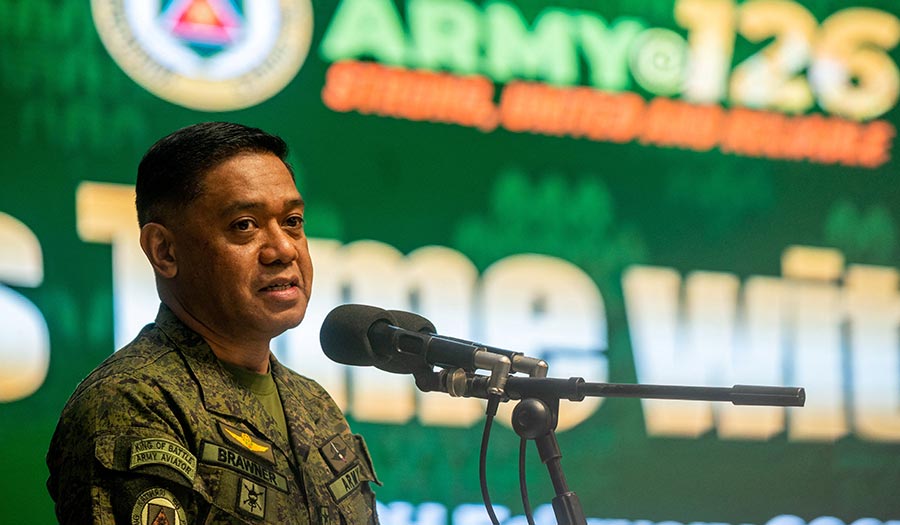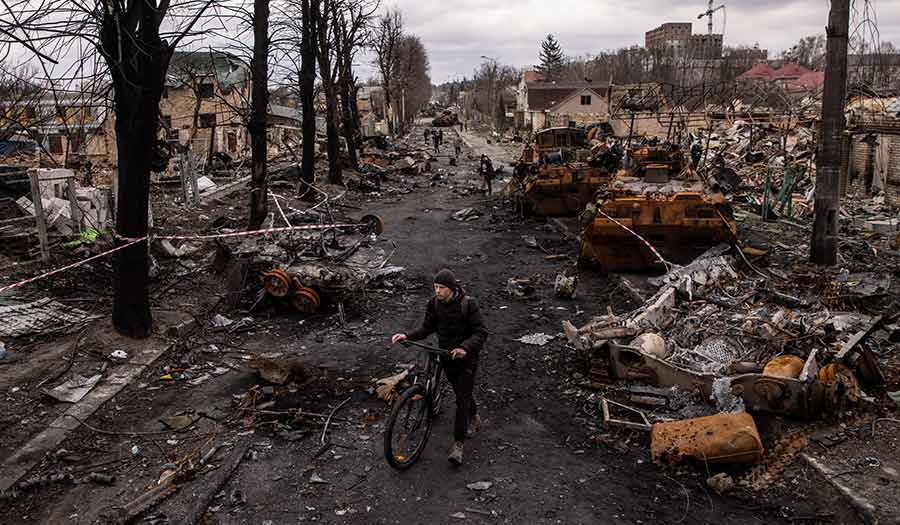 REUTERS/Lisa Marie David
REUTERS/Lisa Marie David
World News Desk
Learn the why behind the headlines.
Subscribe to the Real Truth for FREE news and analysis.
Subscribe NowMANILA (Reuters) – The Philippines and the United States will this year carry out their biggest joint military drills since 2015, Manila’s army chief said on Wednesday, against a backdrop of growing tensions with China in the South China Sea.
The exercises underscore improved ties with the United States under President Ferdinand Marcos Jr., and come as the Philippines condemns China’s “aggressive” actions in the disputed waterway, including its use of a “military-grade laser” against one of Manila’s vessels earlier this month.
The annual ‘Balikatan’ exercises will be conducted in the second quarter and involve more than the previous year’s 8,900 troops, army chief Romeo Brawner told reporters.
“All of these exercises that we are doing are in response to all types of threats that we may be facing in the future, both man-made and natural,” Mr. Brawner said.
President Marcos on Tuesday summoned China’s ambassador to express “serious concern” over the intensity and frequency of China’s activities in the South China Sea, most of which China claims as its territory.
China’s use of a laser against a Philippine vessel on February 6, which its foreign ministry insists was legal, has sparked expressions of concerns and support from Australia, Japan, and the United States.
Washington “will redouble its efforts with our Philippine ally” to bolster the Philippine military and coast guard’s defense capabilities “as we work shoulder-to-shoulder to uphold the rules-based international order,” Pentagon spokesperson Brigadier General Patrick Ryder said on Twitter.
The Philippines has granted Washington greater access to its military bases as part of the latter’s efforts to deter China’s increasing assertiveness in the South China Sea and tension over self-ruled Taiwan.
In 2015, more than 11,000 troops from both countries participated in the joint military exercises.
“The exercises will involve a myriad of activities, not just focused on developing the war fighting capability of both armed forces, but also of the other non-traditional roles such as humanitarian assistance and disaster response,” Mr. Brawner said.
- Real Truth Magazine Articles
- ANALYSIS
 War’s Long Shadow
War’s Long Shadow
More on Related Topics:
- North Korea’s Kim Again Threatens to Use Nuclear Weapons Against South Korea and U.S.
- Russia and North Korea’s Partnership
- Hamas and Fatah Agree to Form a Government. What Does It Mean and Who Are These Palestinian Groups?
- President Biden’s Withdrawal Injects Uncertainty into Foreign Policy Challenges
- What to Know About the NATO Military Alliance and How It Is Helping Ukraine


